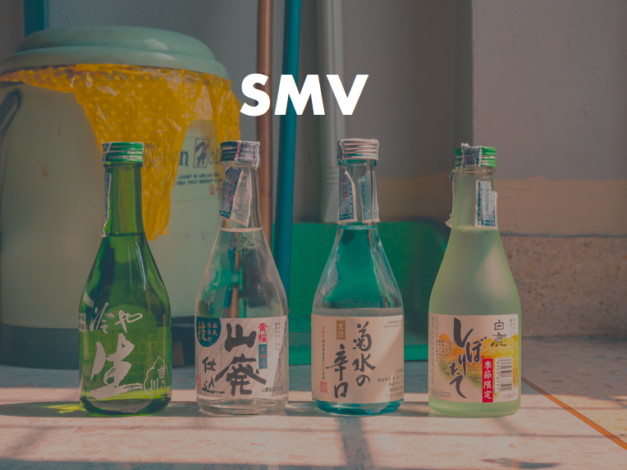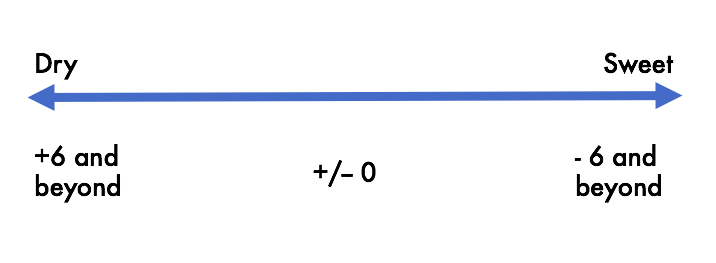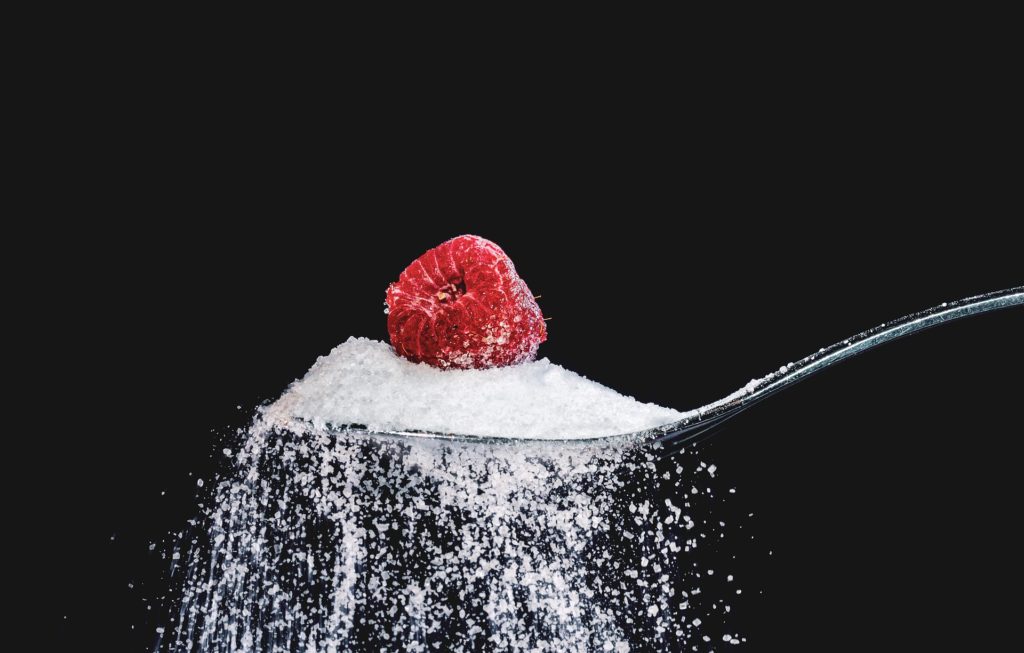
Sake
Karakuchi? Amakuchi? Dry? Sweet? What is the SMV of Japanese Sake? Nihonshudo 日本酒度
When you choose Japanese Sake to drink for your night, how do you judge the Sake?
Is it price? type of rice? where it from? or the brand name?
SMV, so called Nihonshudo, is one key to choose Sake. I think most of you have seen SMV or Nihonshudo(日本酒度) on the label, but what actually it is?
This time ikki deliver information about SMV and what it represents.
Contents
What does SMV show?

Generally, SMV is the key to find out the taste of Sake, and normally it is shown in the number. Please refer to the table above, it explains the relationship between dryness/sweetness and numbers.
As it gets bigger the Sake gets more dry. As it gets smaller beyond the minus(-) it gets sweeter. Sometimes it gets beyond + or -6, and they are super dry or sweet. There is the Sake with SMV of +66!
But, what are those numbers and why – means sweet?
What is the number in SMV?

SMV is a specific gravity compared with water. At 15℃, measure the specific gravity with water to find out it has high or low specific gravity. When Sake contains more sugar it has more specific gravity, in other words get heavier. As a result it shows the number in -.
Does less sugar means dry?

The concept of dry in Japan, in Japanese Karakuchi 辛口, and in English is slightly different. It may leads to less finish or less sugar or other elements might affect how people feel about the taste of Sake.
In addition, when we talk about the taste of Sake SMV it is mostly talked with acidity, because as the Sake is less acid it get more dry.
Also, crispiness, in Japanese Kire 切れ, is different to dry, but similar in taste or maybe in a relationship with.
As a consequence, please just refer to the number as a guide of the taste, and kindly try by yourself, because every people feels differently.
See you in the next articles!






